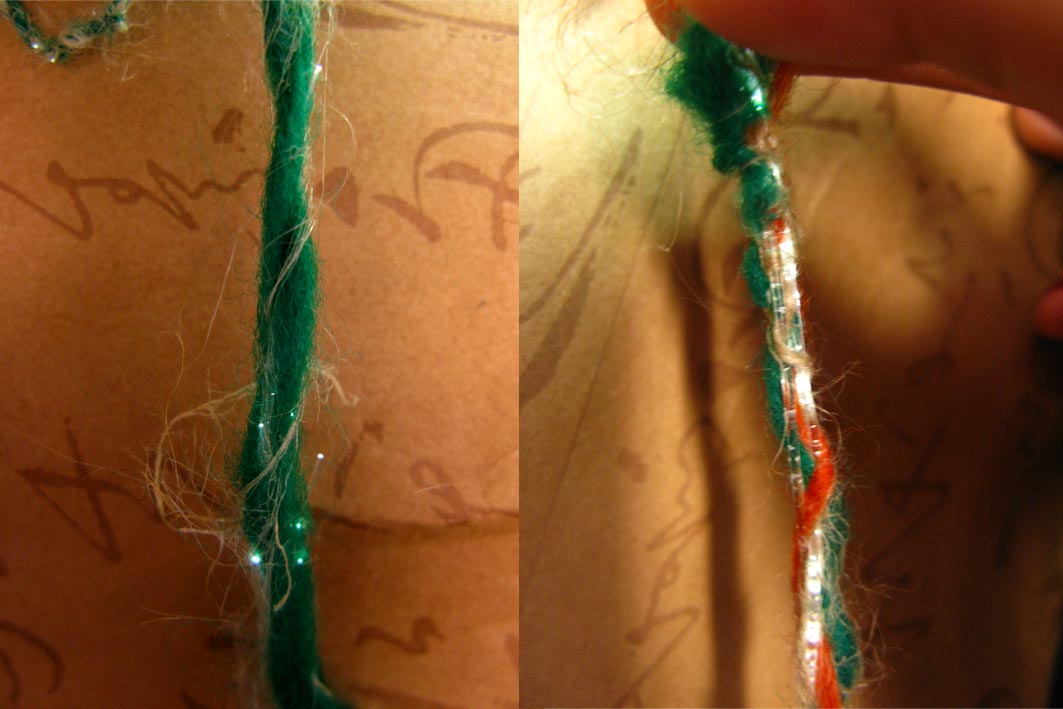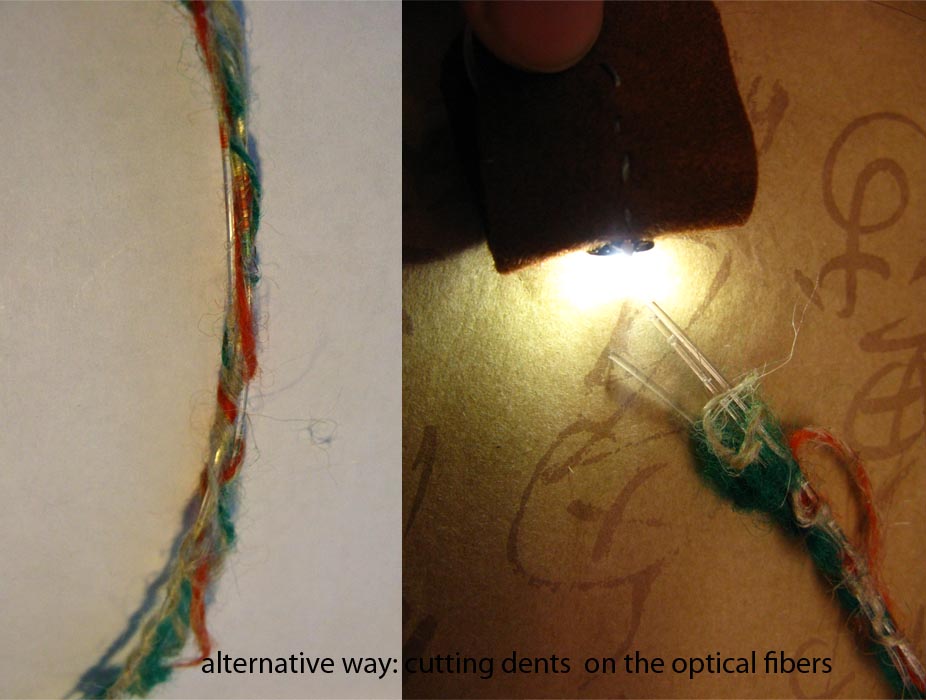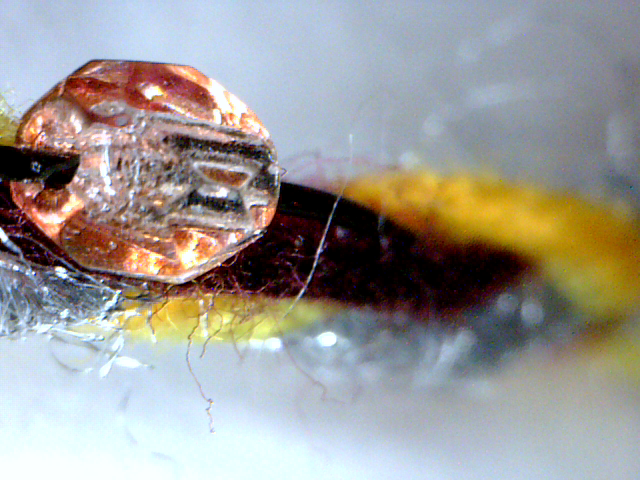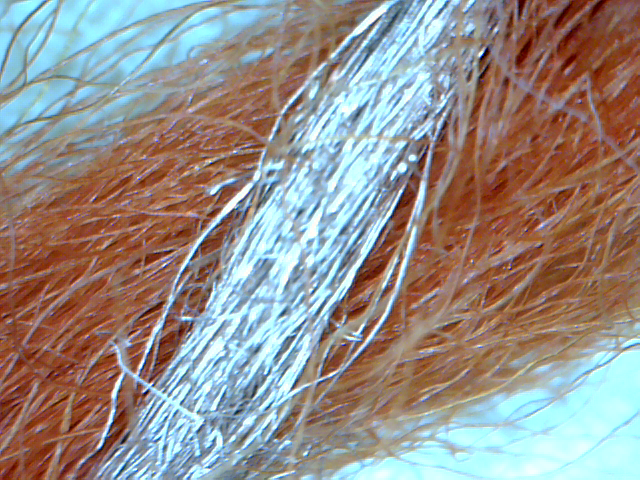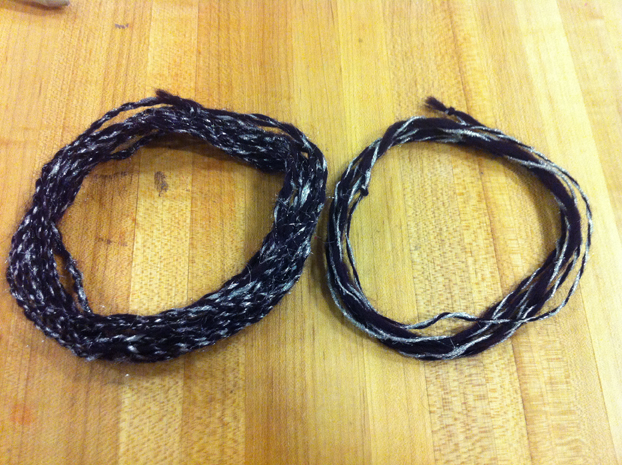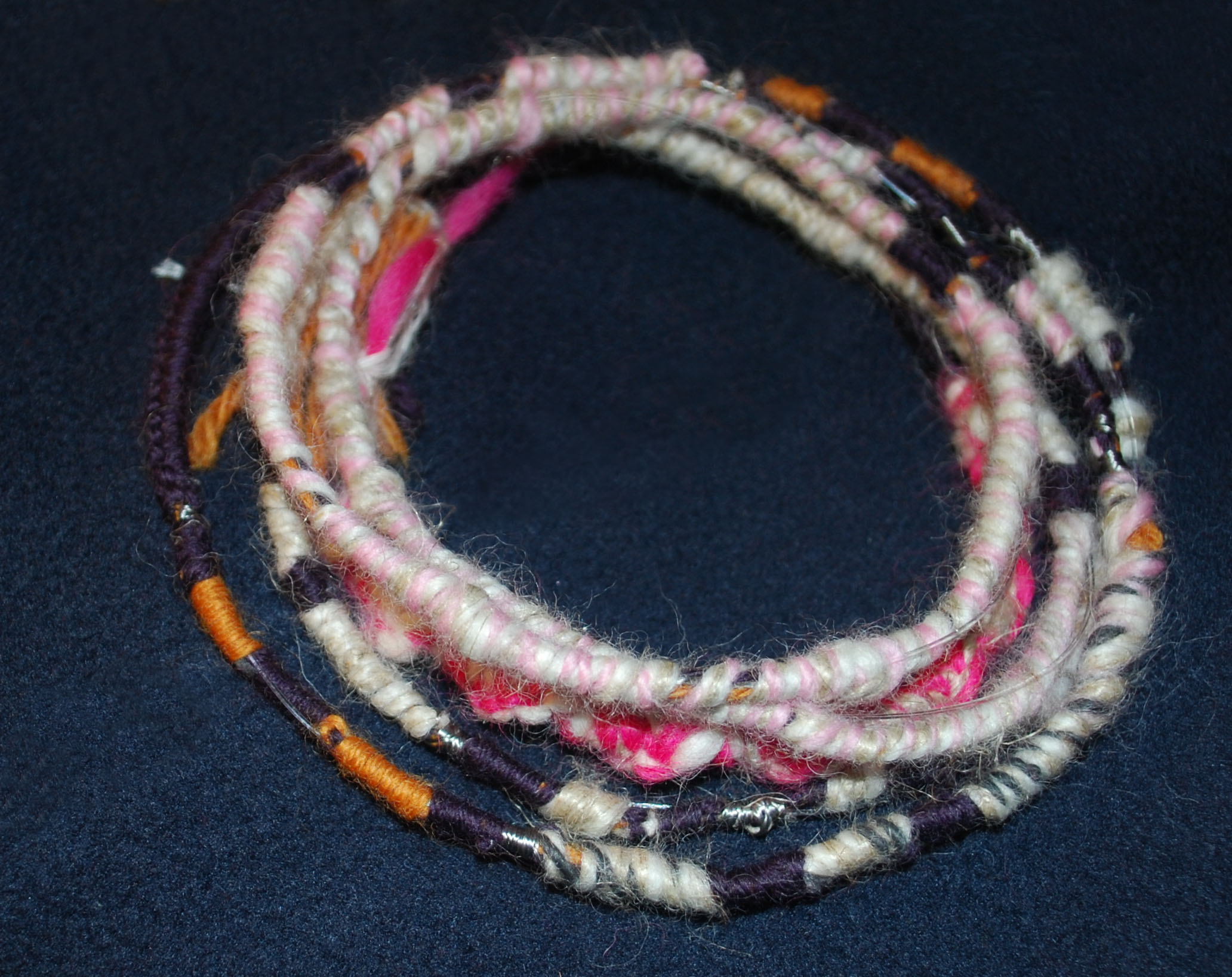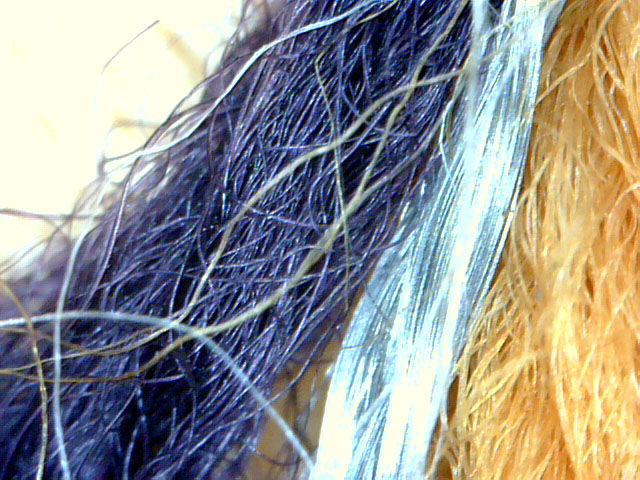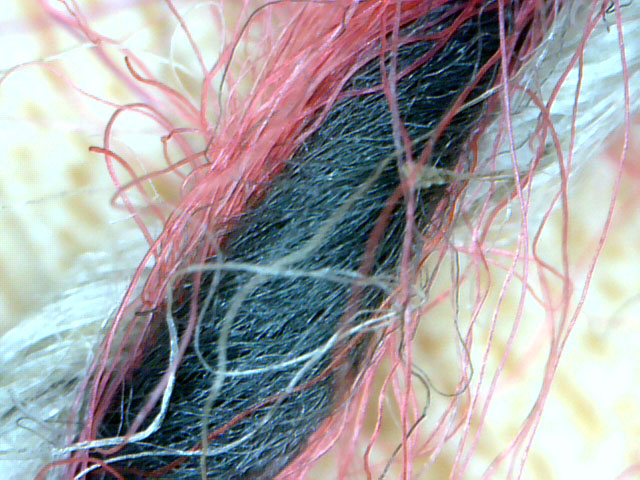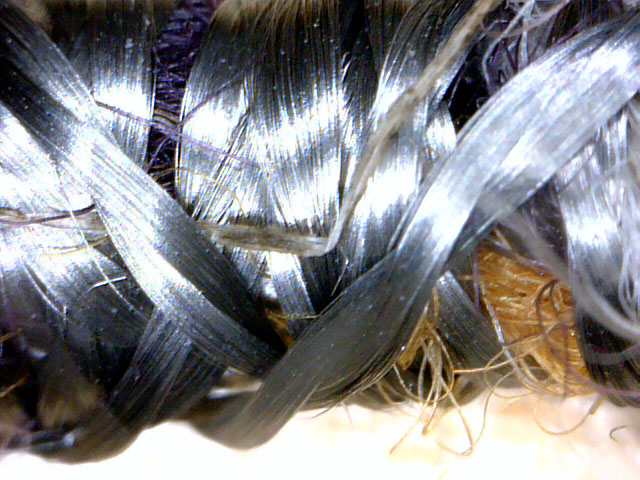Fabric PCB
Due: Tuesday, March 8, 2011
See student fabric PCBs here
For this assignment you will work in pairs to create an artifact that includes a fabric PCB. The artifact should include an ATtiny85 microcontroller, at least two outputs and at least one digital (switch) input. Projects from last year’s class can be found here.
Teams for this assignment are listed below. With your team you should create a post that documents your project and add it to the Fabric PCB category. Your page should include pictures–including at least one close up of your PCB and one image that shows the entire project–a paragraph about your experience, and the Arduino code for your project. Also create a short video of your project in action. Post the video online (vimeo, youtube, etc.) and embed the video in your documentation page.
Bring your project to class on March 8 for demonstrations.
Extra Lab Help + Hours
My student David Mellis will be available from 3-6pm on Friday March 4 to help with Arduino programming. We’ll have extra lab hours from 12-6 on Saturday March 5th.
Teams
Albert Ching and Maria Anna Stangel
Ellann Cohen and Dena Molnar
Heidi Chen and Nicole Tariveridan
Judy (Zheng) Jia and Ilan Moyer
Sheralyn Woon and Crystal Ray


